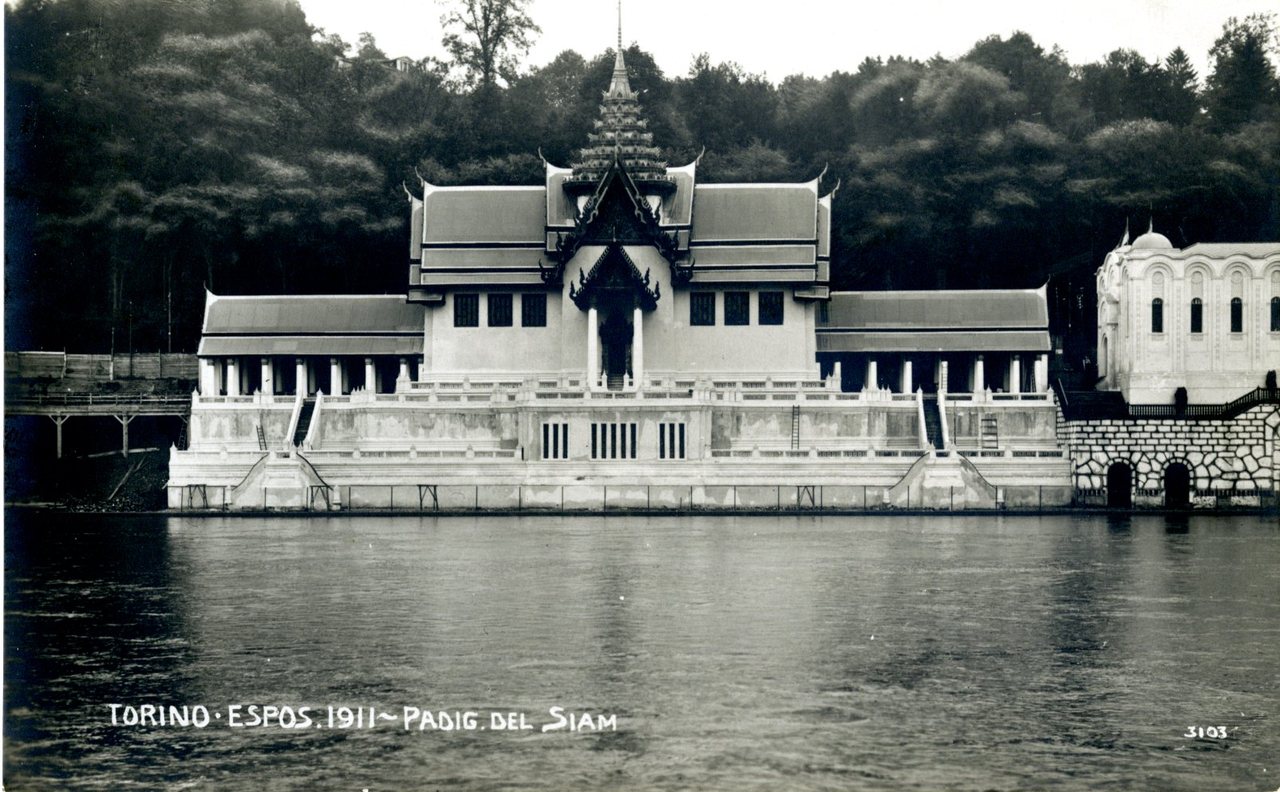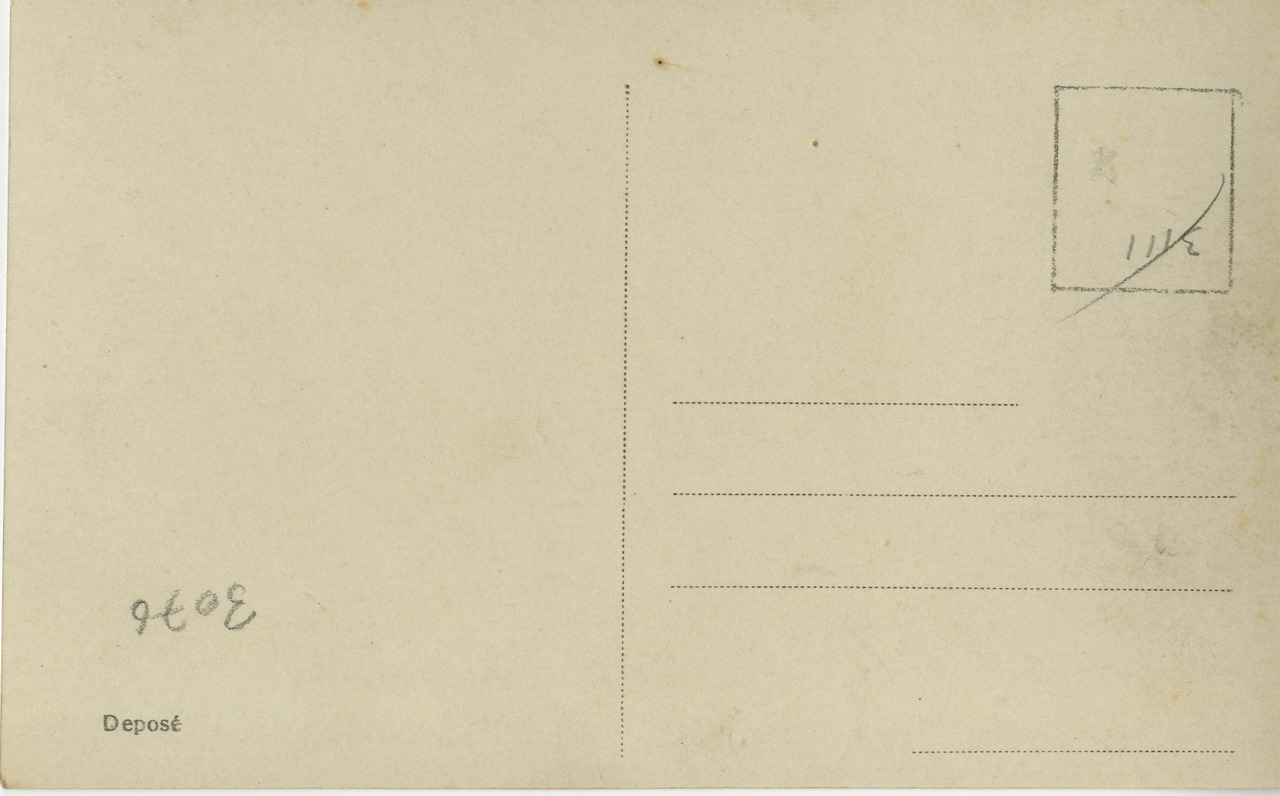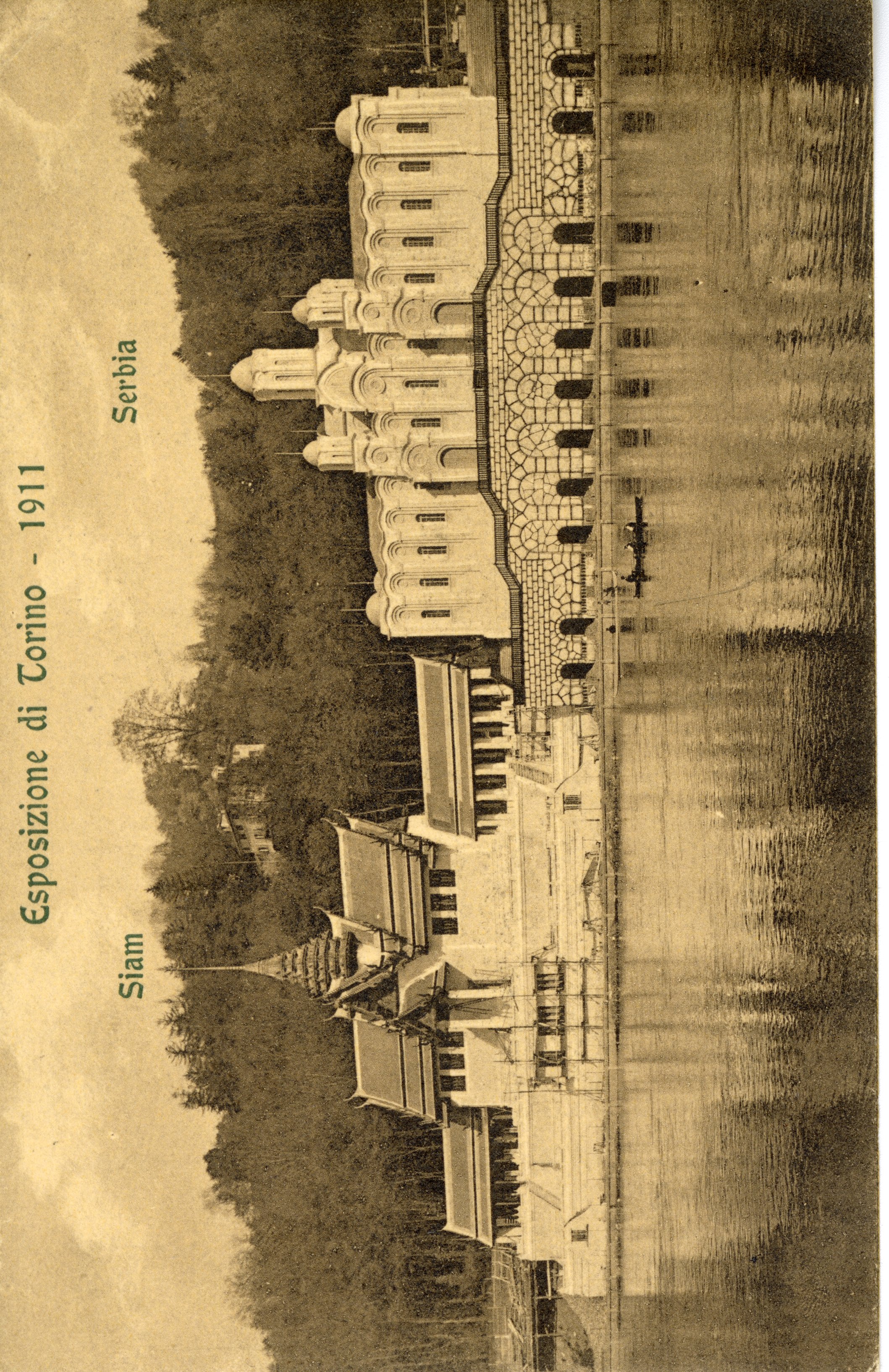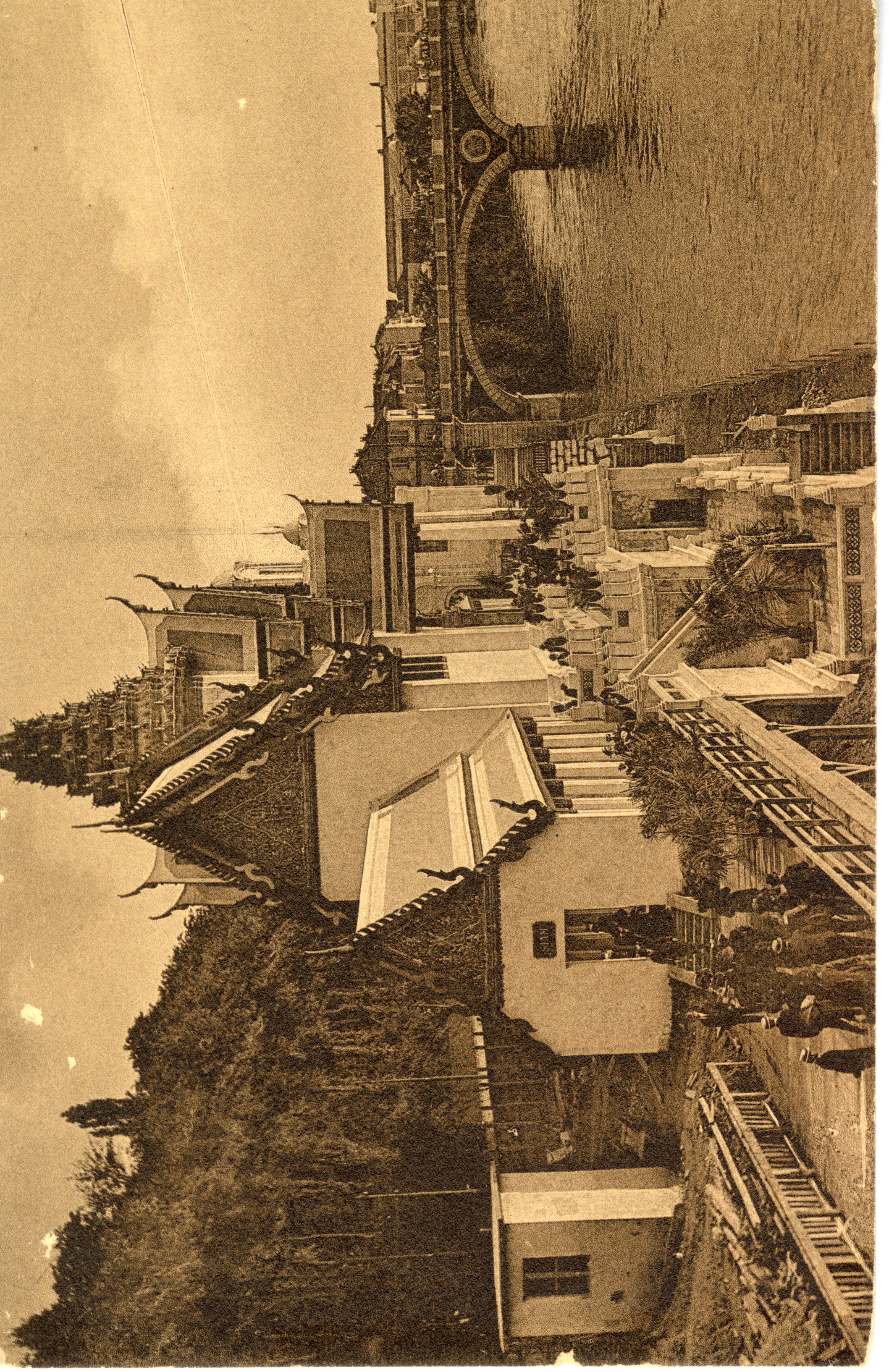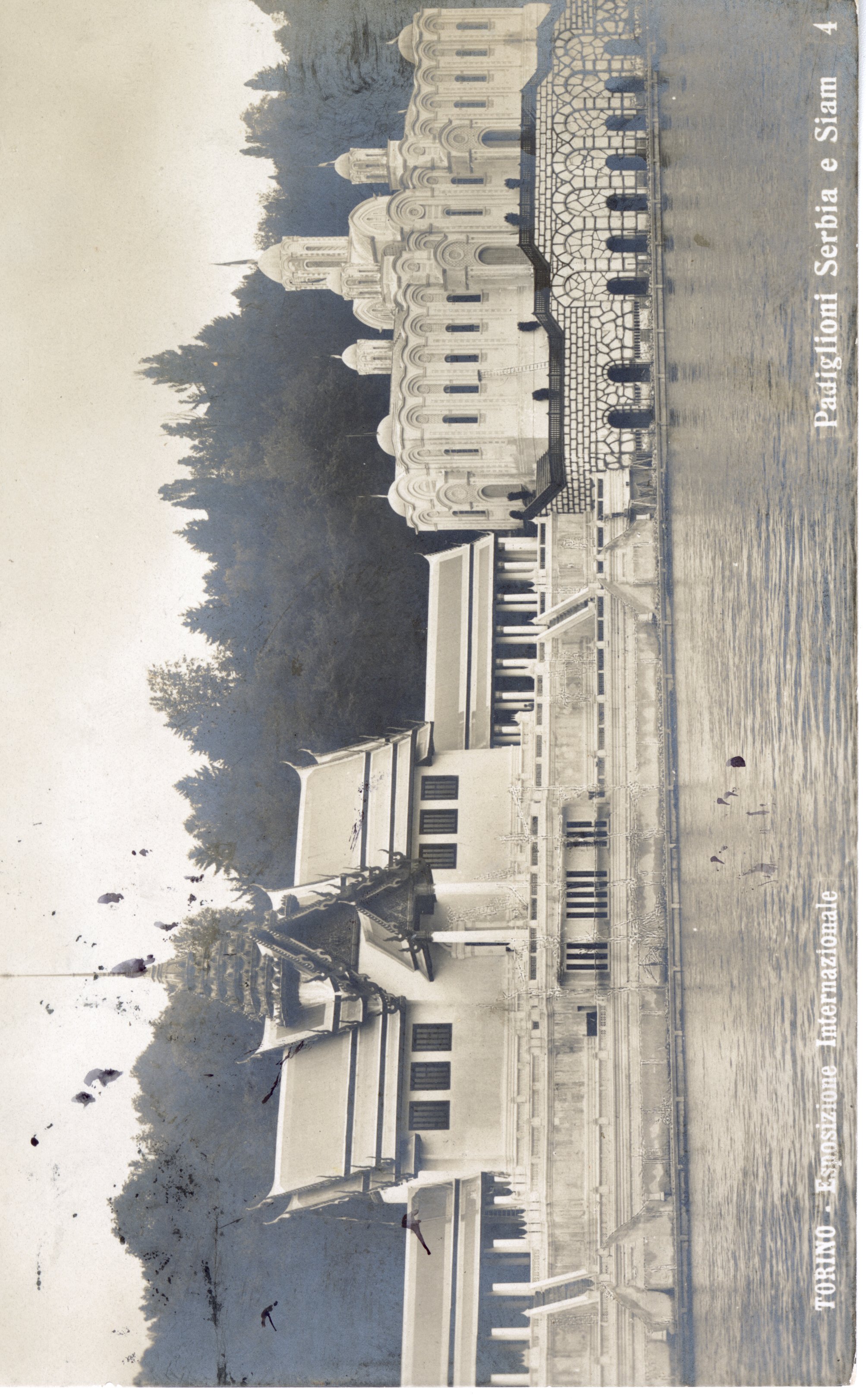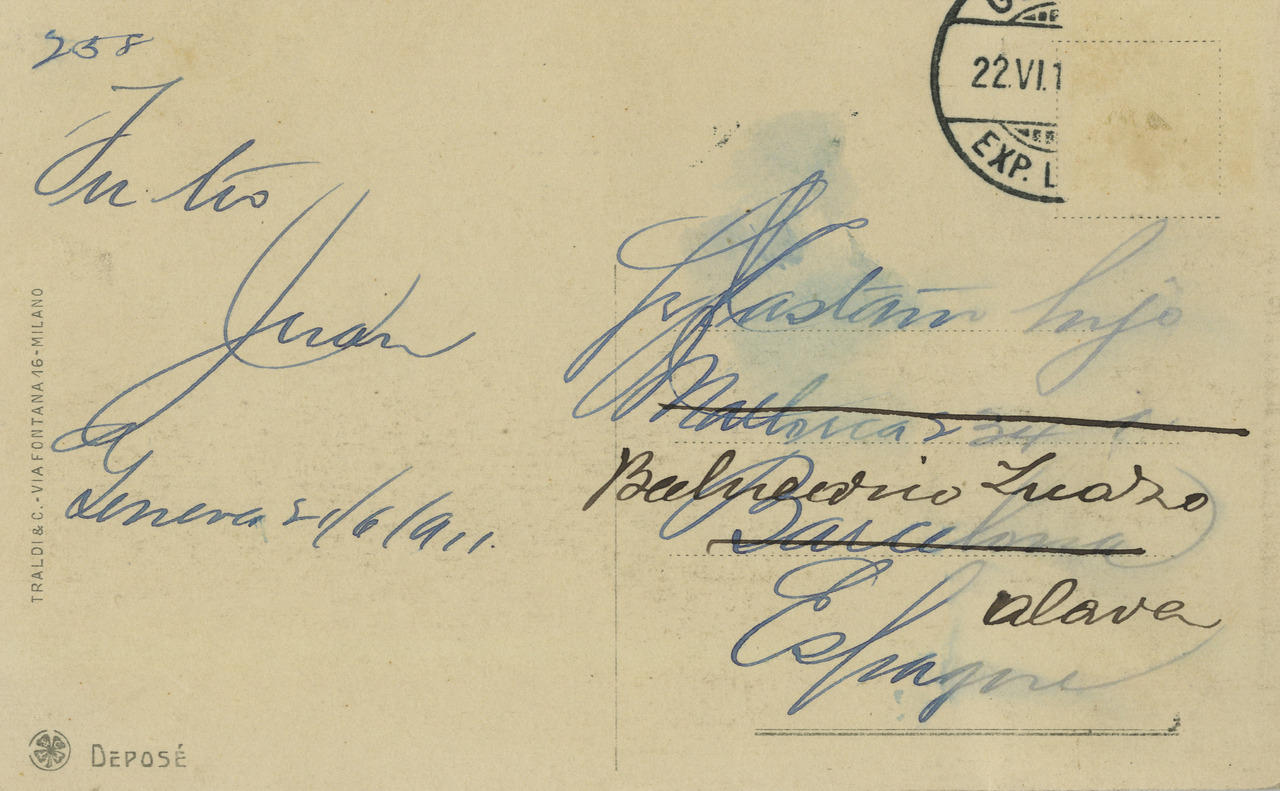Rigotti, Annibale
Name
Rigotti, Annibale
Gender
Male
Birth
October 30, 1870 Turin
Death
March 8, 1968 Turin
Descriptive Note
The son of a librarian at the Accademia Albertina di Belle Arti in Turin, Annibale Rigotti started studying at the Accademia at the age of 12. In 1886, he completed the first cycle of studies in architecture (4 years), winning a gold medal in architecture. He also audited courses in sculpture, but ultimately chose to enroll in the advanced courses in architecture (3 years). From 1887 to 1889, he attended the advanced drawing ("ornato") courses at the Regio Museo Industriale Italiano in Turin obtaining the diploma to teach in professional arts and crafts schools. In 1890, he obtained the diploma to teach drawing in all technical schools. In 1890-91, he served as a teaching assistant to Giovanni Sacheri for the advanced courses in architecture at the Accademia Albertina. He collaborated with notable architects, artists and engineers such as Raimondo D'Aronco, Giacomo Grosso, Edmondo De Amicis, Atturo Graf, Luigi Contratti, and Giuseppe Pellizza da Volpedo.
In 1893, he worked in Constantinople (now Istanbul), Turkey, with D'Aronco on the project for the National Exposition of Agriculture and Industry. in 1989, he received the chair in drawing at the Regio Istituto Tecnico G. Sommelier, in Turin, chair that he held till 1923 when he moved to the Regio Liceo Scientifico Galileo Ferraris, also in Turin, where he taught till 1935 and where he received the chair in drawing. In 1902 he was named Honorary Member of the Accademia Albertina. He was also a member of the Società Promotrice di Belle Arti, Società Amici dell'Arte, and Circolo degli Artisti.
Rigotti's interest for the architecture of the Expositions dates back to 1898, when he won a prize for a poster devoted to the 1898 Esposizione generale italiana in Turin and designed a small Egyptian Pavilion. In 1902, he participated in the designs for the Esposizione di Arte Decorativa Moderna, in Turin. In 1906, he earned second prize in a competition to design a Palazzo delle Esposizioni for the Esposizione del Sempione in Milan. In 1905, he participated in the International Exposition in Paris with the students of the Liceo Ferraris. In 1910, he created the project for the façade of the Italian Pavilion at the International Exposition of the Arts in Buenos Aires, Argentina (this was not realized due to excessive costs). He won a silver medal at the Esposizione di Architettura in Rome in 1911.
In 1907, he travelled to Siam (currently Thailand), where he collaborated with Italian architect Mario Tamagno and engineer Carlo Allegri of the Siamese Public Works Department to design the Ananta Samakhom Throne Hall. At the time, the Public Works Department counted more than thirty Italian architects, engineers, and technicians who worked for King Chulalongkorn (Rama V) who was a strong admirer of classic Italian architecture. He returned to Italy in 1909, though he continued his work on the throne all as "consulting architect," overseeing the purchase and transportation to Siam of Carrara marble, alpine granite, German bronze and copper, etcetera. In 1914 he was named knight of the Order of the Crown of Siam.
In 1923 he received the invitation to design Villa Norasingh, in Bangkok, which the then-king of Siam, Vajiaravudh (Rama VI), wanted to echo the style of the Venetian Ca' D'oro. He worked with painter Cesare Ferro on this project, and then went on to design the gardens of Saranrom Palace. In 1925, he was named chief architect of the Publick Works Department, and given the task to reorganize the Projects Office of the Ministry of the Interior, and to complete the work of Villa Norasingh.
After returning to Turin from Bangkok in 1926, he designed with his son Giorgio Rigotti the Palazzo a Vela in 1961. Rigotti held several teaching positions, including Professor of Industrial drawing at the Istituto Tecnico G. Sommeiller (1893-1923). He also taught at the Politecnico of Turin, and at the Regia Scuola di Architettura di Torino from 1931-1933.
In 1910 Rigotti, in collaboration with the Public Works Department of Bangkok, began the project for the Pavilion of Siam at the Exposition of Turin 1911.
Roles
Makers, Architects and Engineers;
Committees, Individual Pavilion's Committee
Selected References
Rigotti, Giorgio. 80 anni di architettura e di arte. Turin: Tipografia Torinese Editrice, 1980
Related Protagonists
Related Built Environment Objects
Related Archival Material



